10 Simple Steps to Masterful Coffee Brewing at Home
Mastering the French press technique requires a coarse grind similar to sea salt or breadcrumbs, pre…….
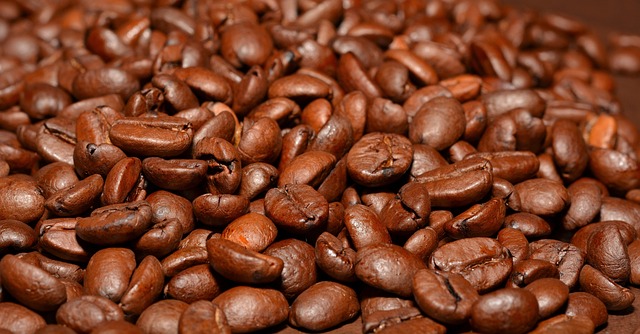
Mastering the French press technique requires a coarse grind similar to sea salt or breadcrumbs, precise water temperature between 195°F and 205°F (90°C to 96°C), and a coffee to water ratio of approximately 1:17. The brewing process includes stirring after wetting the grounds for a bloom, steeping for four minutes, and slowly pressing the plunger to filter out the coffee. Similarly, pour-over coffee at home demands careful equipment selection, uniform medium-fine grind size, and precise technique including a 30-second bloom period. Home espresso enthusiasts need a quality home machine, freshly roasted coffee beans ground to the texture of beach sand, and a tamping of the coffee in the portafilter. Simple drip coffee recipes can elevate your daily brew, with options like Vanilla Almond Coffee, Cinnamon Vanilla Coffee, Mint Mocha, Turmeric Ginger Coffee, and Hazelnut Caramel Coffee, each offering a unique twist to your coffee ritual. Cold brew delivers a smooth, chocolatey flavor with low acidity, achieved by soaking coarsely ground beans in water at room temperature or colder for 12 to 24 hours, while iced coffee involves hot-brewing coffee over ice for a more traditional taste with higher acidity and bitterness. Each method offers a personalized coffee experience catering to individual preferences and the ability to customize with sweeteners and milk alternatives.
Discover the comprehensive world of coffee brewing methods and elevate your home coffee experience. This ultimate guide navigates you through various techniques, from mastering the French Press to perfecting the art of espresso. Delve into the nuances of pour-over coffee for a café-quality morning boost. Explore five innovative coffee recipes that will transform your daily brew. Unlock the differences between cold brew and iced coffee, and learn how to craft both at home. With our step-by-step instructions and expert tips, you’ll achieve optimal extraction and frothy latte art. Indulge in healthy coffee recipes that offer a guilt-free way to enjoy your java. Whether you’re a seasoned barista or a novice brewer, this guide is your roadmap to making exceptional coffee at home.
- French Press Mastery: A Comprehensive Guide
- Pour-Over Perfection: Techniques for Home Brewing
- Top 5 Innovative Coffee Recipes to Try Today
- Cold Brew vs. Iced Coffee: Key Differences and Brewing Instructions
- Art of the French Press: Step-by-Step for Optimal Extraction
- Espresso Essentials: A Beginner's Guide to Pulling a Shot at Home
- Morning Boost: 5 Easy Drip Coffee Recipes for Quality Brews
French Press Mastery: A Comprehensive Guide
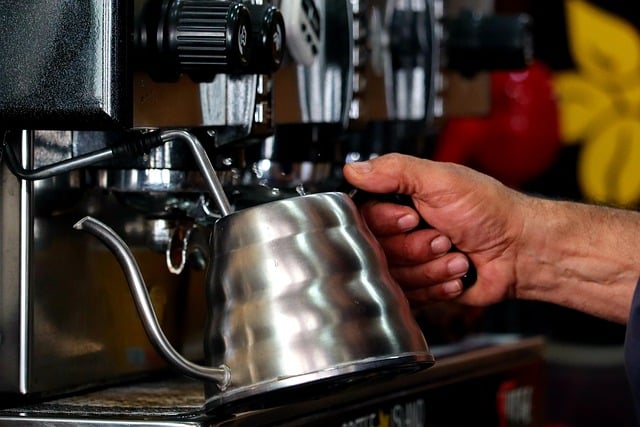
mastering the French press method requires attention to detail, from the coarseness of the coffee grounds to the water’s temperature and timing. The French press, also known as a plunger pot or cafetière, is renowned for its ability to produce a rich, full-bodied brew with minimal equipment. To begin, choose high-quality coffee beans and grind them coarsely—think of the texture of sea salt or breadcrumbs. This coarseness prevents over-extraction and allows for a smoother cup. Heat your water to just below boiling, around 195°F to 205°F (90°C to 96°C), as water that’s too hot can cause bitterness.
Pour the heated water over your grounds, which should be packed into the French press pot at a ratio of about one gram of coffee to every 17 grams of water. Stir gently to ensure all the grounds are saturated. A bloom—where the coffee bubbles and expands—signals that the coffee is degassing and ready for brewing. After allowing the coffee to steep for about four minutes, carefully press the plunger down without disturbing the bed of grounds at the bottom. This step filters out the grounds, leaving you with a clean cup of coffee. Remember, the key to a great French press experience lies in the precision of these steps: from grinding your beans to the perfect plunge, each action contributes to the quality and taste of your brew.
Pour-Over Perfection: Techniques for Home Brewing
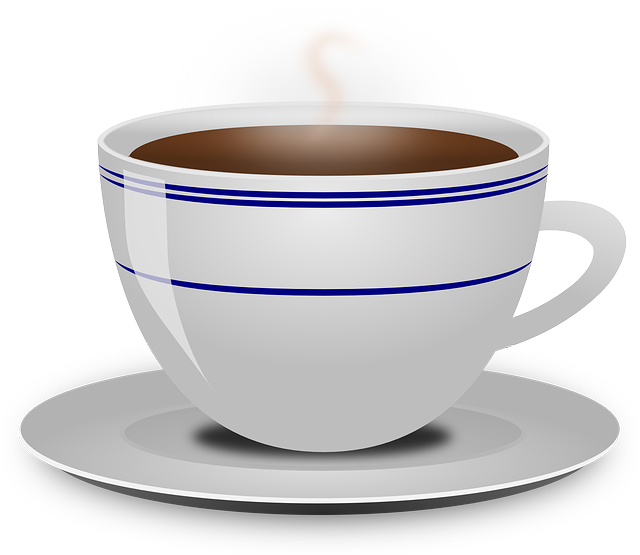
Mastering pour-over coffee at home allows you to savor the nuances of your favorite beans and craft a cup tailored to your taste preferences. The pour-over method involves manual control over the extraction process, which can seem daunting for beginners, but with practice and attention to detail, anyone can achieve pour-over perfection. Start by choosing the right equipment; a pour-over brewer like the V60 or Kalita Wave is widely favored for its design that promotes even water distribution and extraction. Preheat your brewer and server to maintain temperature consistency throughout the brewing process.
Grind your coffee to a medium-fine consistency, ensuring that the grinds are uniform for optimal extraction. Place the filter paper in the brewer, with the seam facing the rim to prevent leakage. Add a small amount of water to rinse the grounds and the paper, which also heats the vessel. After a brief bloom stage where you saturate the coffee with hot water (around 200°F or 93°C), proceed to pour in a slow, spiral motion, allowing the water to cascade through the grounds in a controlled fashion. The goal is to maintain a consistent flow that allows for proper saturation without over-extracting or channeling. Monitor the extraction time; a typical pour-over takes about 3 to 4 minutes from start to finish. Adjust your technique based on the flavor profile you desire and the coarseness of your grind. With patience and practice, you’ll be able to replicate café-quality pour-overs right from the comfort of your home.
Top 5 Innovative Coffee Recipes to Try Today
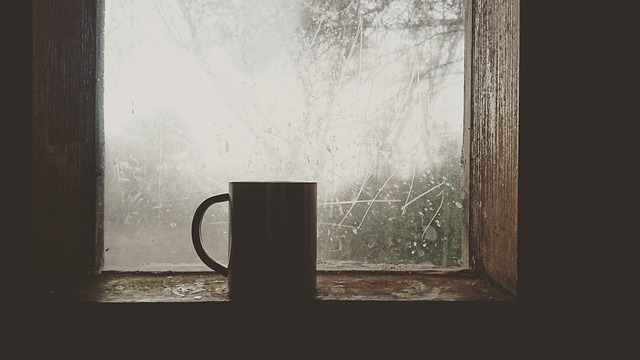
1. Nitro Cold Brew with Infused Flavors: Elevate your cold brew experience by infusing it with nitrogen, creating a coffee that’s both smooth and creamy, similar to a stout beer. This method not only enhances the natural flavors but also makes for a visually striking drink. Experiment with flavor infusions such as vanilla, caramel, or even rose to craft your own unique concoction.
2. Spiced Mocha: For those who enjoy a rich and spicy twist on their coffee, this recipe combines the creamy texture of a mocha with warm, aromatic spices like cinnamon, cardamom, and nutmeg. The key to this recipe is to balance the spices so they complement rather than overpower the coffee and chocolate flavors. This drink can be tailored to your taste by adjusting the intensity of the spices or the sweetness level.
3. Maple-Smoked Coffee: A bold and innovative take on traditional coffee, this recipe involves smoking coffee beans with maple wood chips. The result is a cup of coffee with a subtle smoky aroma and a hint of maple sweetness. To prepare, cold brew the beans ahead of time, then add the smoked beans to your coffee maker or French press for a final brew that’s sure to impress.
4. Matcha Latte with Coffee: Merge the Japanese tradition of matcha with your morning coffee for an antioxidant-rich beverage. This recipe combines the frothy milk and earthy tones of matcha with the robust flavor of freshly brewed coffee. The result is a drink that’s both invigorating and grounding, offering a unique sensory experience.
5. Chocolate-Raspberry Coffee Concoction: Indulge in a dessert-like coffee drink by blending rich dark chocolate with the tartness of fresh raspberries. This recipe can be made hot or cold, depending on your preference. The natural sweetness from the berries and cocoa pairs beautifully with the coffee, creating a sophisticated and satisfying treat that doubles as a dessert.
These innovative recipes push the boundaries of traditional coffee brewing, offering new and exciting ways to enjoy this beloved beverage. Whether you’re looking to impress guests or simply indulge in a new flavor experience, these recipes are sure to tantalize your taste buds and elevate your coffee game.
Cold Brew vs. Iced Coffee: Key Differences and Brewing Instructions
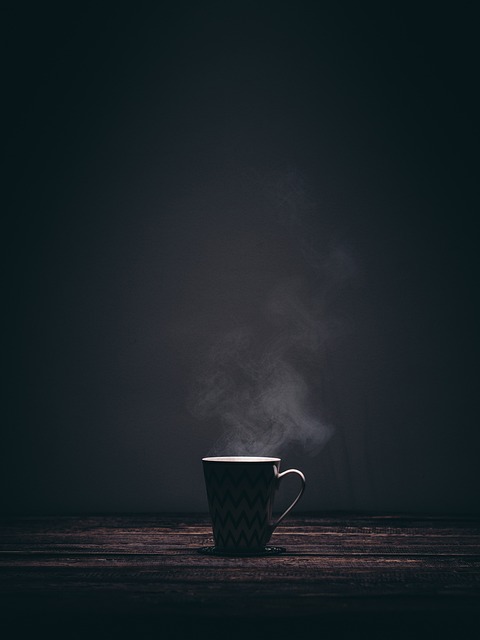
When it comes to enjoying coffee in its cold form, understanding the key differences between cold brew and iced coffee is essential for connoisseurs and enthusiasts alike. Cold brew coffee is characterized by its smooth flavor profile and lower acidity, achieved by steeping coarsely ground coffee beans in room temperature or chilled water for an extended period, typically between 12 to 24 hours. This slow extraction process results in a beverage with less bitterness and a distinctive sweetness, making it ideal for those sensitive to acidity or who simply prefer its rich, chocolatey notes.
In contrast, iced coffee is traditionally hot-brewed coffee that is cooled over ice. The brewing process is quicker than cold brew, often taking just minutes. This method preserves the traditional coffee flavor and can lead to a more bitter and acidic taste due to the rapid extraction. Iced coffee can be refreshing on a warm day, but it doesn’t offer the same smoothness as cold brew. To make iced coffee at home, simply brew your coffee using your preferred method—whether it’s a French press, pour-over, or espresso machine—and pour it over ice. For a smoother experience, consider reducing the coffee-to-water ratio to compensate for the dilution effect of the ice. Both cold brew and iced coffee are versatile canvases for a myriad of flavor enhancements, from sweeteners to dairy or alternative milk choices, allowing you to tailor your drink to your taste.
Art of the French Press: Step-by-Step for Optimal Extraction

The French press, a beloved and versatile brewing method, allows coffee aficionados to achieve a balanced extraction from coarsely ground beans. To unlock the full potential of your coffee with this classic technique, start by boiling water to a temperature between 195°F and 205°F (90°C to 96°C)—this range is ideal for extracting the desirable flavors from your grounds. For every 8 ounces of water, use about 15 grams of medium-fine coffee grounds. Place the grounds at the bottom of the French press and gently pour the hot water over them, ensuring an even saturation. Stir lightly to promote uniform extraction. After allowing the coffee to bloom for 30 seconds, break the crust that forms on top with your stirrer. Then, begin a four-minute timer: at the 1-minute mark, press down the plunger slightly to keep the grounds submerged; at the 4-minute mark, press the plunger all the way to the bottom to separate the coffee from the grounds. Pour immediately to avoid over-extraction, as the coffee continues to develop flavor even after removal from the heat. The key to optimal extraction with a French press lies in precision with grind size, water temperature, and timing, ensuring each brew is a testament to the coffee’s true character. Experiment with these variables to tailor your French press experience to your taste preferences, and you’ll be rewarded with a rich, full-bodied cup every time.
Espresso Essentials: A Beginner's Guide to Pulling a Shot at Home
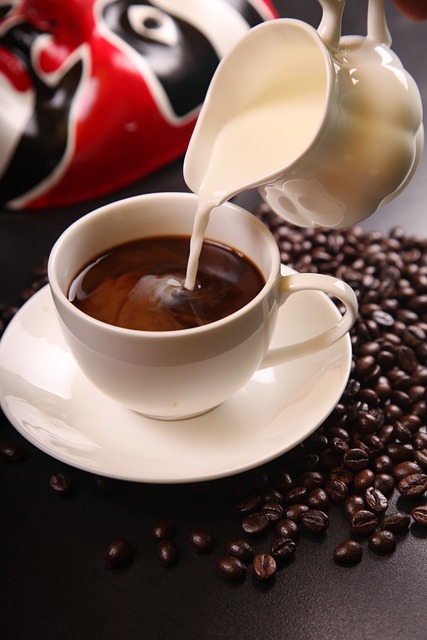
To master the art of pulling an espresso shot at home, one must first familiarize themselves with the essential tools and techniques. The cornerstone of any successful espresso extraction is a high-quality espresso machine designed for home use. These machines come in various formats, including pump-driven machines that mimic professional equipment and capsule systems that offer convenience. Complementing the machine, freshly roasted coffee beans ground to a fine consistency are paramount. The grind size should be similar to beach sand; too coarse and your espresso will taste weak and watery, too fine and it may clog the portafilter.
Once equipped with the right machinery and coffee, attention must turn to preparation. Start by dosing approximately 18-21 grams of coffee into the portafilter basket, depending on your machine’s capabilities. Use a tamper to compress the grounds evenly, achieving a level surface for optimal extraction. Preheat your espresso cup and fill your machine’s reservoir with fresh, ideally filtered water. Turn on your machine and allow it to reach the ideal operating temperature. When ready, lock the portafilter into place and begin the extraction process. A well-pulled shot should take about 25-30 seconds, yielding a rich, golden-brown liquid with a thick crema on top—a sign of a good extraction. Experiment with different coffee beans and grind settings to tailor your espresso’s flavor profile to your taste, from bright and fruity to deep and chocolatey. With practice, patience, and the right tools, you can recreate the espresso experience at home, bringing the café into your kitchen.
Morning Boost: 5 Easy Drip Coffee Recipes for Quality Brews
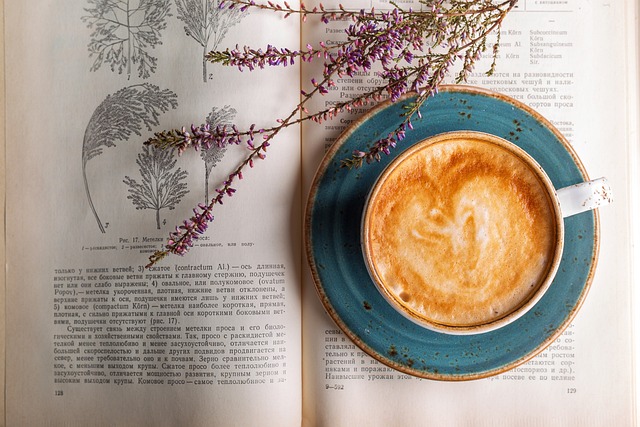
Begin your day with a rich and invigorating cup of coffee crafted from the comfort of your home. Drip coffee makers are a staple in many kitchens for their simplicity and consistency, offering a reliable morning boost. Here are five easy drip coffee recipes to elevate your brew from routine to remarkable. The first recipe is a classic: Vanilla Almond Coffee. Brew your coffee as usual, then stir in a tablespoon of vanilla extract and a splash of almond milk to enhance the natural flavors. For those who enjoy a touch of sweetness without the added sugars, the Cinnamon Vanilla Coffee is a delightful choice. Add a pinch of cinnamon and half a tablespoon of vanilla extract directly into your coffee grounds before brewing for a warm, spicy aroma that complements the rich taste of your coffee.
Next, try the Mint Mocha for a refreshing twist. Infuse your coffee with a couple of mint leaves during the brewing process, followed by a dollop of whipped cream and a sprinkle of cocoa powder once it’s poured. The Chocolate Orange Coffee is perfect for citrus enthusiasts; after brewing, mix in a teaspoon of unsweetened cocoa powder and a squeeze of fresh orange juice to create a bright and zesty flavor profile. For a coffee recipe that promotes well-being, the Turmeric Ginger Coffee combines anti-inflammatory turmeric with invigorating ginger. Add a teaspoon each of ground turmeric and grated ginger to your grounds before brewing for an immune-boosting start to your day. Lastly, the Hazelnut Caramel Coffee offers a decadent treat. After brewing, stir in a tablespoon of caramel syrup and a splash of hazelnut liqueur or extract for a sweet, nutty flavor that feels like a indulgence. With these five recipes, you can transform your daily coffee ritual into a personalized experience, ensuring every sip delivers the quality and flavor you crave in the morning.
Enthusiasts and novices alike will find that the nuances of coffee brewing are as rich and diverse as the beverage itself. This guide has traversed various methods, from the classic French Press to the concentrated art of espresso, each with its unique flavor profiles and techniques. Whether you prefer the slow infusion of a pour-over or the straightforward process of a drip coffee maker, there’s a brewing method here to elevate your home coffee experience. The exploration of cold brew versus iced coffee has revealed distinct differences, offering insights to cater to personal taste preferences. Furthermore, the selection of innovative and healthy coffee recipes provides a dynamic range of options for those looking to expand their morning routine or host a coffee tasting event. With the practical steps and tips provided, anyone can now approach coffee making with confidence and a newfound appreciation for the craft. Embrace the versatility of coffee and let these methods guide you to discover your perfect cup at home.







